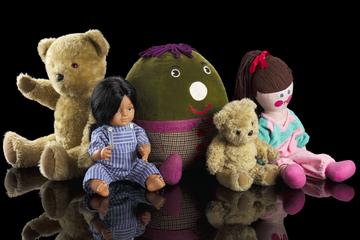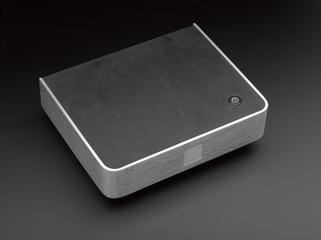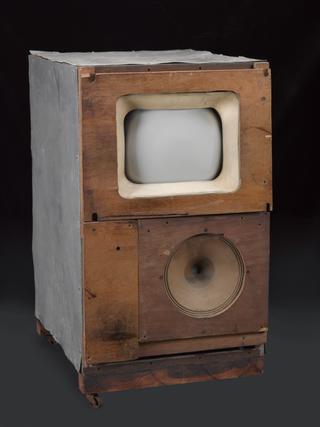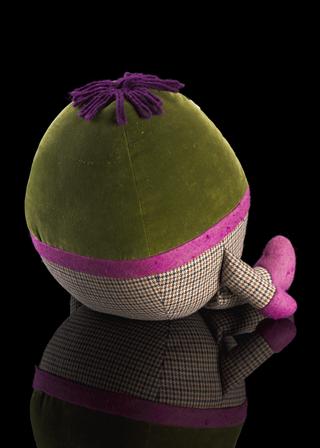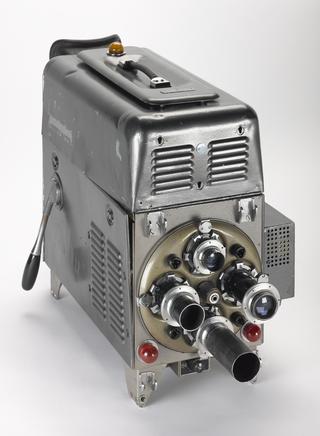
GEC Prototype Teletext Television Receiver, 1974
























GEC prototype teletext television receiver, manufactured at the Telecommunications Laboratories at GEC’s Hirst Research Centre.
Teletext was a way of transmitting data in the broadcast signal that could be read as text and simple graphics on a television receiver. The data was sent in the vertical blanking interval: the time between the last visible line of a frame and the first line of the next frame on early CRT (cathode ray tube) television receivers.
The service was interactive. Viewers were able to select numbered pages with a remote control. Each page was broadcast sequentially creating a pause before the page loaded. It allowed audiences to get access to up-to-date news and was well known for advertising discount holidays.
Teletext allowed synchronised subtitling which could be selected as a page number, appearing as text over the television image. It greatly increased access to television programmes for deaf and hard of hearing viewers.
This set was built by GEC and aided the BBC and IBA in development of the teletext service. The first service was officially launched on 23 September 1974 by the BBC as Ceefax. IBA’s ORACLE service began on ITV in 1978 and later on Channel 4. With the advent of the internet and digital television, services formerly offered by teletext could be delivered by other means and the service closed following the final analogue transmissions in 2012.
Details
- Category:
- Television
- Object Number:
- 2005-5011
- Materials:
- wood (unidentified), glass, plastic (unidentified) and metal (unknown)
- Measurements:
-
overall: 745 mm x 675 mm x 400 mm,
tv screen: 335 mm x 440 mm
- type:
- television receiver
